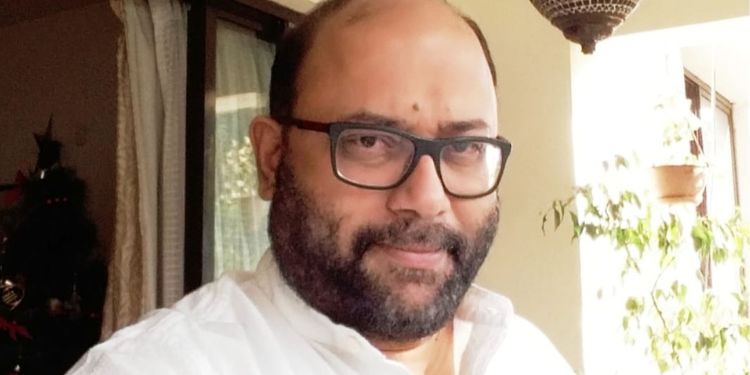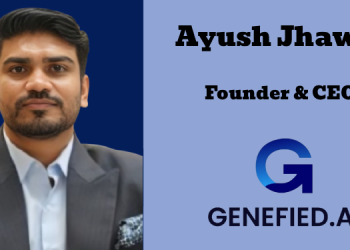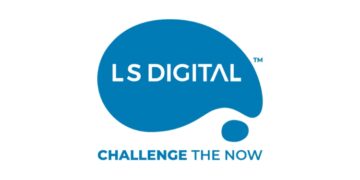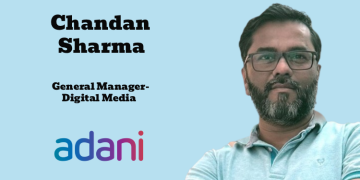In days of old
when men were bold
and fact-finding not invented,
we put up scam
to win some glam
and everyone was contented.
In those bad old days, when I was young and wet behind the ears, you found lions only on Nat Geo. Or in the savannas and national parks at Kruger or the Mara, if you had the dollars and a friendly safari guide who wasn’t doing a side hustle, arranging an Indian dinner for the cats. And the only Grand Prix you knew involved Schumacher, Senna and unpronounceable Finns racing around like dervishes, to the accompaniment of burning rubber.
The two were different worlds… separate from each other, and far, far removed from the heat and dust of India.
But, about a decade and a half back, we started hearing of lions in the South of France, of silver, bronze and golden lions, that our Indian boys and girls were not just sighting, but bringing back as souvenirs and testaments to their craft.
Cannes was now not a mirage in the salty sands for Indian creatives and agencies, something they fantasised about, and often visited for window shopping, but a place where they were heard, applauded, and validated with heavy metal.
But hey… how did the lions suddenly start understanding Indian (or Hindi or Tamil or Bhojpuri)? Was there a concerted PR push, as the whispers in the corridors suggested? Or was good work finally getting its due?
Of course there was a suspicion, that in the early glory-days, a lot of work that was entered from India was not kosher; that it wasn’t created for real clients, that creatives suddenly discovered ’causes’ that were dear to juries, that they entered work for brands that the brand managers were completely in the dark about. Those were the days when the creatives wanted global recognition at all costs, and agencies (and some clients) were happy to play along, treating this as an itch that had to be scratched once a year to keep the creative Divas and Diwans happy. It was the era of ‘Scam-bam-thank you ma’am!’
I was one of those who had no time for speculative or fictitious work being entered, even as I understood that these UCOs ( Unidentified Creative Objects) were less a fraud, and more a cry for help.
A lot of stuffy clients, over-the-hill creatives and unfulfilled journos, would deride the trend, tar everyone with the same brush, and were happy to throw the baby out with the suds. What they didn’t get was that the creatives were not actually trying to cheat (even if they didn’t quite know it themselves), but trying to signal to whoever was listening, that they had the ability, the smarts, and the craft to compete with the best in the world; all they needed was for our brands to tango.
While, in the beginning, brands (and marketers) had to be dragged, kicking and screaming, resentful of being used for someone else’s gratification, today, more and more mainline brands are winning, and enjoying the feeling of having the best stories on the planet. Yes a lot of the work is still not as mainstream, staple work as I’d like, and there’s still a social cause bias, but the onus for that has to be on the brands.
Indian agencies have shown that they can think out of the box, that they can use creativity, technology and craft brilliantly.
It is, IMHO, now up to the brand mandarins to want to use this groundswell of talent to create campaigns and narratives that won’t just resonate with their audience, but move them, inspire them, and drive them to make better, more informed choices.
I’m sure that if a CMO throws up a challenge to create Cannes-worthy campaigns for an atta or a detergent brand, our agencies will find ways to create communication staples that shake up the buying public and drive sales (or brand equity) even higher.
Fifteen years ago, the doors opened with the TOI campaign for Lead India winning an unprecedented first Grand Prix for India. Last year, Indian agencies had 121 shortlists and 47 metals at Cannes, with 3 Grand Prix wins; we’ve certainly come a long way since the early scam days, and that’s a brilliant vindication of the talent available, and the clients who’ve backed it.
The question is, how will these triumphs be used? Will it just be schmoozing as usual, backslapping, and comparing lion sizes… or can it be a springboard for mainstream excellence, for large marketers to demand the same quality of insights, ideation and execution of their everyday work?
Brands like Ariel and Cadbury have shown the way. I, for one, would love to see many more mainstream brands like a Mother’s Recipe pickle or an Annapurna atta create campaigns that work wonders in the market, and win big at Cannes. We’ve shown we have the creative chops to deliver that. And an audience that’s waiting to fall in love with advertising again.
Are the brands listening?
(The author is an Independent Brand Coach and Ex-Cofounder, Brandgym Asia.)
(First published by The Free Press Journal BrandSutra. Content powered by MediaNews4u.com. Feedback: [email protected])

















